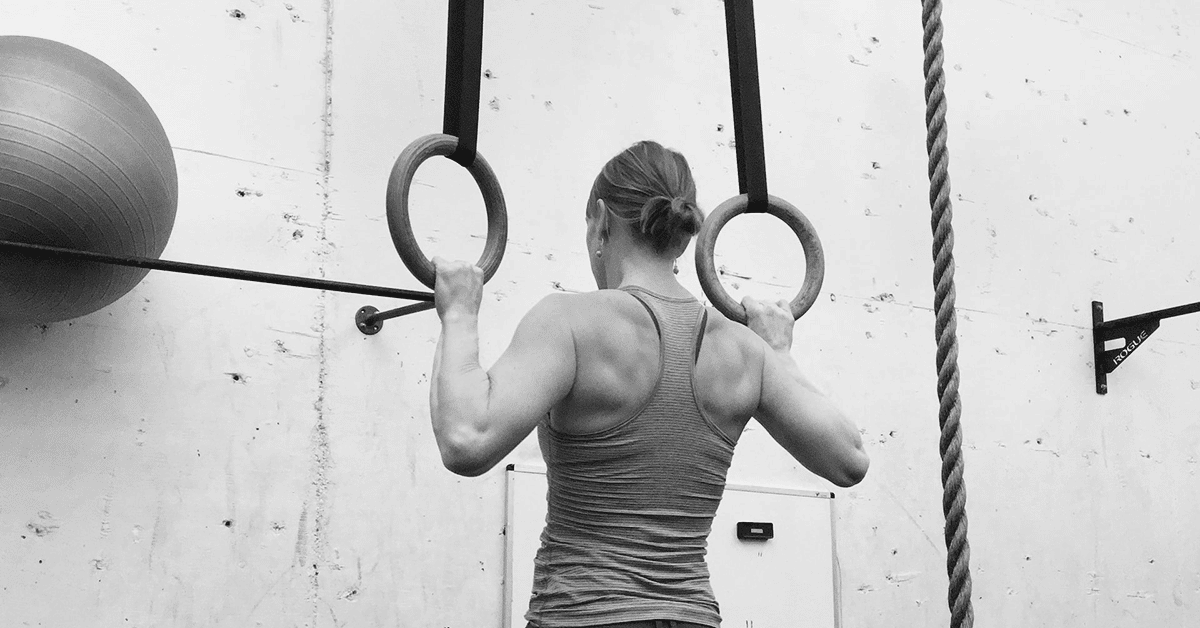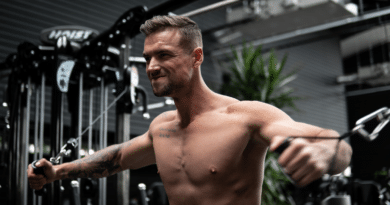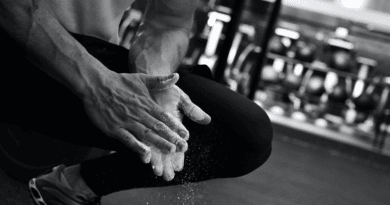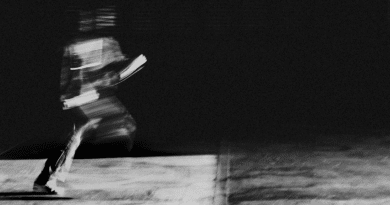Best Exercises to Increase Your Pull Ups from 0 to 10+ Reps Fast
This article will teach you how to perform the best exercises to increase your pull ups from 0 to 10+ reps, whatever your current ability level.
Jeremy Ethier will help you out with these helpful training tips and progressions.
- Best Exercises to Increase Your Pull Ups from 0 to 10+ Reps
- Strengthen the Prime Movers
- Scapular Pull Ups
- Kneeling Lat Pulldown
- Inverted Row
- Banded Pull Up
- The Plan
- Video – Best Exercises to Increase Your Pull Ups from 0 to 10+ Reps
- Learn More
- Muscles of the Back
- Conclusion – Best Exercises to Increase Your Pull Ups
Best Exercises to Increase Your Pull Ups from 0 to 10+ Reps
“Pullups are generally one of the most difficult exercises to master. In fact, most individuals have yet to even achieve their first pull up. And for those who have, they’ll then often struggle to increase reps on pullups.”
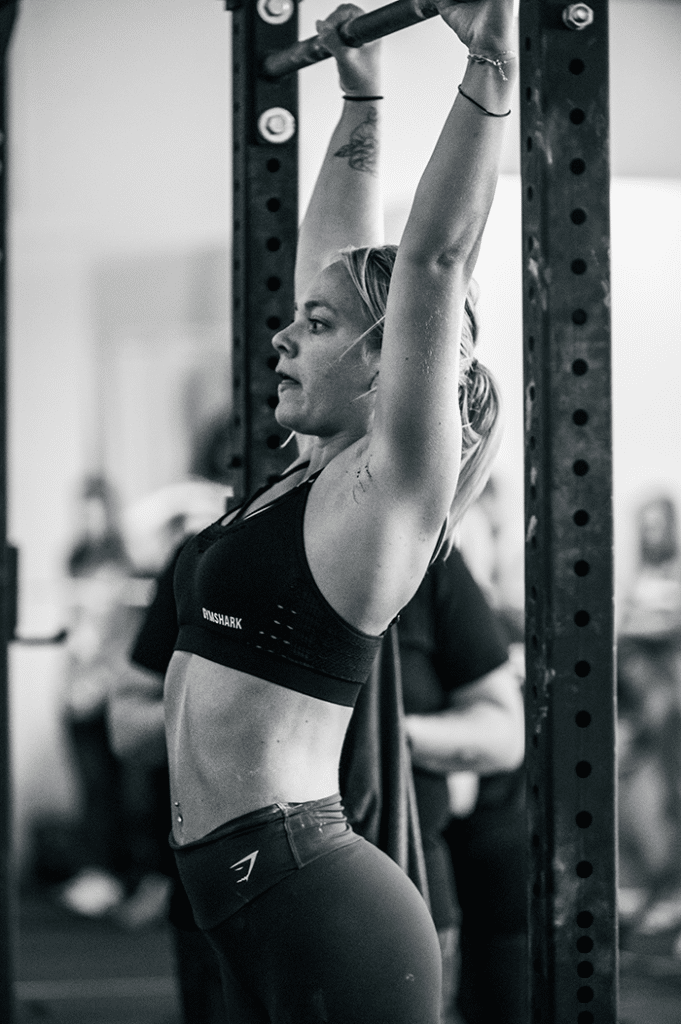
“Although you’ve probably already tried a few things to help increase pullup strength or achieve your first ever pull-up, the truth is that most people simply use the wrong approaches when it comes to how to improve pullups. In this video though, I’ll show you what research indicates are the most effective steps and routines to achieving your first pull-up and then how to increase pullups into the double digits in the fastest way possible.”
Strengthen the Prime Movers
“The first thing you need to do to increase reps on pullups is focus on strengthening the prime movers involved.”
Scapular Pull Ups
“The first exercise will be the scapular pull-ups, which targets the lower traps. For this, simply hang from a bar, relax your shoulders down and away from your ears, and then pull your body up without allowing your elbows to bend with a slight pause at the top.”
Kneeling Lat Pulldown
“Next will be the kneeling lat pulldown, which primarily strengthens the lats and the core, as well as the biceps. Theoretically, this exercise provides the best strength transference to your pull-up given the similarly of both movements in terms of muscle activation patterns and is therefore essential that we include it here.”
Inverted Row
“Next, we’re going to use the inverted row to further increase pullup strength by strengthening the pulling strength of your lats, core, and arms but to also emphasize the mid-traps a little more. For this, simply hang from a bar with your legs extended on the ground and pull up until your chest just about reaches the bar. Then, you’ll want to progress this overtime by simply lowering the bar and/or elevating your feet to get your body more horizontal.”
Banded Pull Up
“To really improve pullups, we want to get some actual pull-up training in to neurologically get better at the movement itself. If you’re unable to do a pull-up or just can’t do very many, you’ll have to first use alternative exercises to accomplish this.”
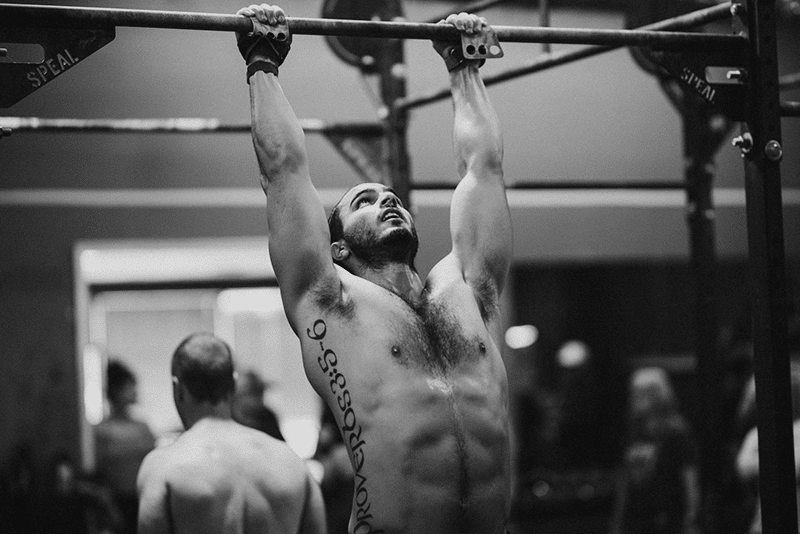
“And the first exercise we’ll use for this purpose is the banded pull-up, which I’d highly recommend incorporating since it’s the closest exercise to the pull-up itself. The second exercise will be the negative pull-ups. These help with strengthening the eccentric portion of the pull-up and to also just get you more comfortable with feeling what it’s like to control your bodyweight against gravity. You’ll want to try to work up to a 30 second descent, which will translate to huge strength gains in your actual pullups.”
The Plan
“To sum it all up for you, here’s the overall action plan designed to take you to your first pull-up, then to your first 10-12 pull-ups, and then to your first weighted pull-up and beyond:
Step 1: Getting to 10-12 Pull-Ups Straight
Perform & Progress the Following 2x/week:
- Scapular Pull-Ups: 3 sets of 10-15 reps
- Banded Pull-Ups: 3 sets of 6-12 reps
- Kneeling Lat Pulldowns: 3 sets of 10-15 reps
- Inverted Row: 3 sets of 8-12 reps (LOWER ANGLE OVERTIME)
- Pull-Up Negatives: 2-3 sets (WORK UP TO 30S DESCENT)
*Add 2 “max pull-up” sets to the beginning of these workouts and also to 1-2 of your other weights workouts during the week
Step 2: Progression
Perform weighted pull-ups 2x/week (on one day, use a pull-up variation) for 3-4 sets of 6-10 reps.
Start with 2.5-5lbs additional weight, then continue adding 2.5-5lbs more once you can successfully complete 3-4 sets of 10 reps with previous weight.
Take a pull-ups “deload” or “easy” week after every 4 weeks.
Hopefully you can see that by applying the right science and the proper steps into your weekly routine, you’ll be able to experience significantly faster results when it comes to how to increase pullups.
Video – Best Exercises to Increase Your Pull Ups from 0 to 10+ Reps
Learn More
Muscles of the Back
The muscles of the back are a group of muscles that make up the posterior region of the human body. They cover most of the vertebral column, from neck to lower back. The muscles of the back are divided into two groups: superficial (surface) and deep.
The superficial group includes erector spinae, trapezius, rhomboid major and minor, latissimus dorsi, deltoid posterior, infraspinatus and teres minor.
The deep group consists of iliocostalis lumborum and longissimus thoracis as well as multifidus spinae.
Iliocostalis
Iliocostalis is located on the anterior aspect of the thoracic region and forms part of the Iliocostalis lumborum, which runs along the vertebral column from T12-L1.
It also makes up part of the Iliocostalis thoracis, a muscle that extends from T1-T7 and inserts into ribs 5 through 7. The Iliocostalis cervicis runs from C2-C7 and inserts into cervical vertebrae 2 through 7.
Latissimus Dorsi
- Origin: Spinous processes of the lower thoracic vertebrae and the lumbar fascia.
- Insertion: Lower border of the teres major, Infraspinatus and upper border of teres minor.
The latissimus dorsi is one of the most powerful muscles in your back, and it’s well-known for its role in pulling heavy loads overhead (think snatches or clean and jerks).
The muscle originates on several bony landmarks including your lower thoracic spine, lumbar fascia and iliac crest (the broad bone at the top of each hip).
From there it travels down the lateral side of your back before attaching to several bones in your shoulder joint—including your lower trapezius, infraspinatus and teres major.
Longissimus
Longissimus, or the long muscle, is a back muscle that originates on the spinous processes of all thoracic vertebrae.
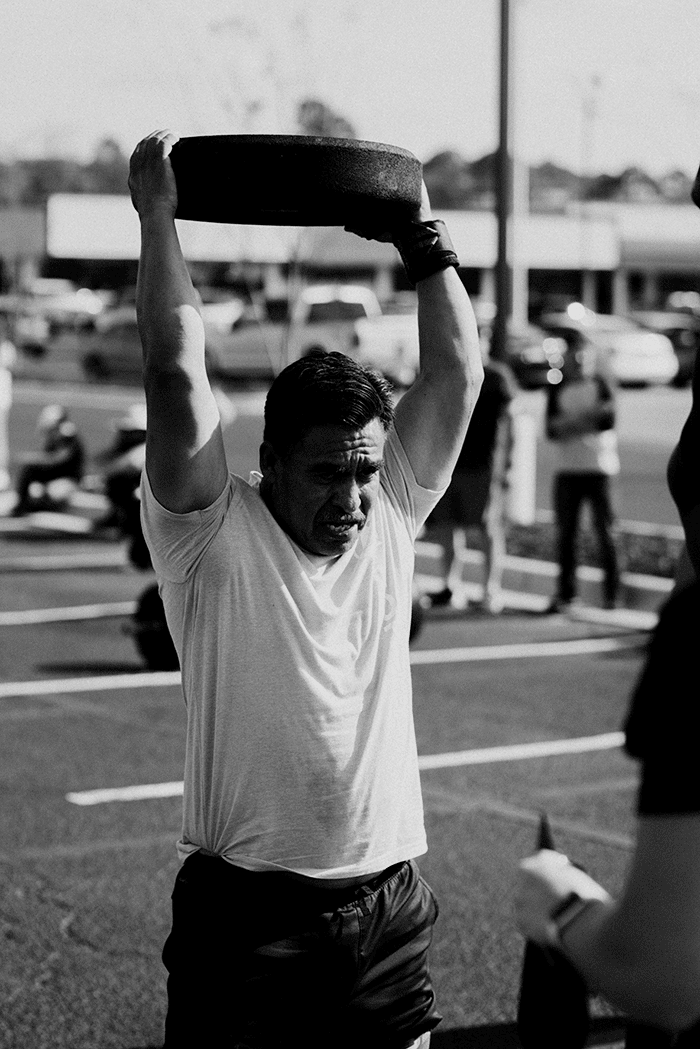
Its insertion is on the transverse processes of all lumbar vertebrae and it extends, laterally flexes, and rotates the trunk. The dorsal rami of spinal nerves T12-L5 supply this muscle with its innervation.
Trapezius
The trapezius is a wide, diamond-shaped muscle that covers the top of the spine and extends from the base of the skull to the lower back.
The trapezius muscles are responsible for moving your shoulder blades (scapula) in different directions. They also help you move your arms and neck by contracting or relaxing certain nerves around these parts of your body.
For example, when raising your arm up over your head and then behind you will contract this muscle group because it’s pulling on those nerves which cause movement at those joints within their range of motion.
Spinalis
The spinalis muscle is located deep in the back and runs along the spine. It runs between each vertebra, helping to extend and rotate the spine.
It is one of several muscles that make up the erector spinae group, which also includes:
- Iliocostalis – helps to flex and rotate the spine
- Longissimus – extends, laterally flexes, rotates (lateral flexion), and bends (flexion) your back
- Spinalis – extends your neck
Semispinalis
The semispinalis is a flat, rectangular muscle that forms a sheath around the vertebral column. It’s located between the spinous process and transverse processes of each vertebra.
In addition to helping support the spine, this muscle also contributes to breathing and coughing.
Multifidus
The multifidus is the deepest of the layers of muscles in the erector spinae and is found at the back of your spine, running alongside each vertebra. It’s probably easiest to think of it as being similar to a “corset” around your spine, supporting its structure and helping it remain stable when you move.
Multifidi are made up of an average of 14 muscle fibres per vertebrae (3-4 for thoracic, 5-6 for lumbar). They’re innervated by both sensory and motor roots from different spinal nerve segments; their function is complex but still not fully understood.
Rotatores
The rotatores are a group of small muscles that lie deep to the rhomboids, multifidus and longissimus thoracis. They are located at the back of your neck, between your shoulder blades and upper back. They help rotate your scapulae (shoulder blades).
They’re supplied by nerve roots from C3-C6 spinal nerves (cervical vertebrae 3 through 6).
Interspinalis
Interspinalis is the deepest of all spinal muscles, and it attaches to the spinous processes of the vertebrae.
It is innervated by the dorsal rami of spinal nerves, which pass through foramina in each transverse process.
Intertransversarii
The intertransversarii muscles are located on either side of the vertebral column, spanning from the inner surface of one transverse process to that of its contralateral counterpart.
These muscles are responsible for stabilizing the segmental joints between adjacent vertebrae.
Conclusion – Best Exercises to Increase Your Pull Ups
The muscles of the back are important for many reasons, but they also have several functions that help you perform everyday tasks and activities. In order to understand how these muscles work and why it’s important that they stay healthy, you need to know what each muscle does individually as well as in groups or pairs (such as one on each side).
The muscles of the back are important to strengthen and train if you want to maximise your skill and strength with pull ups.

